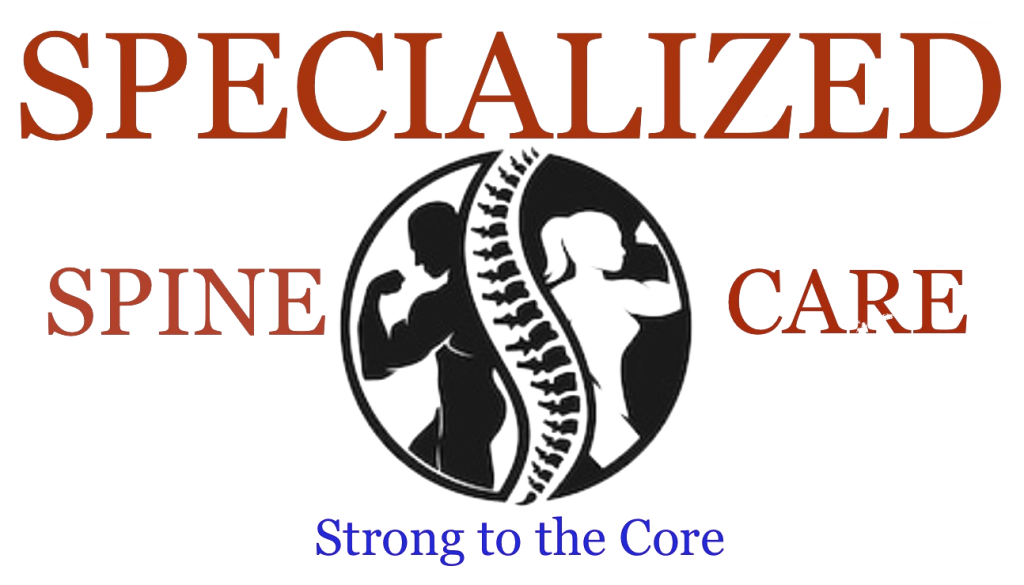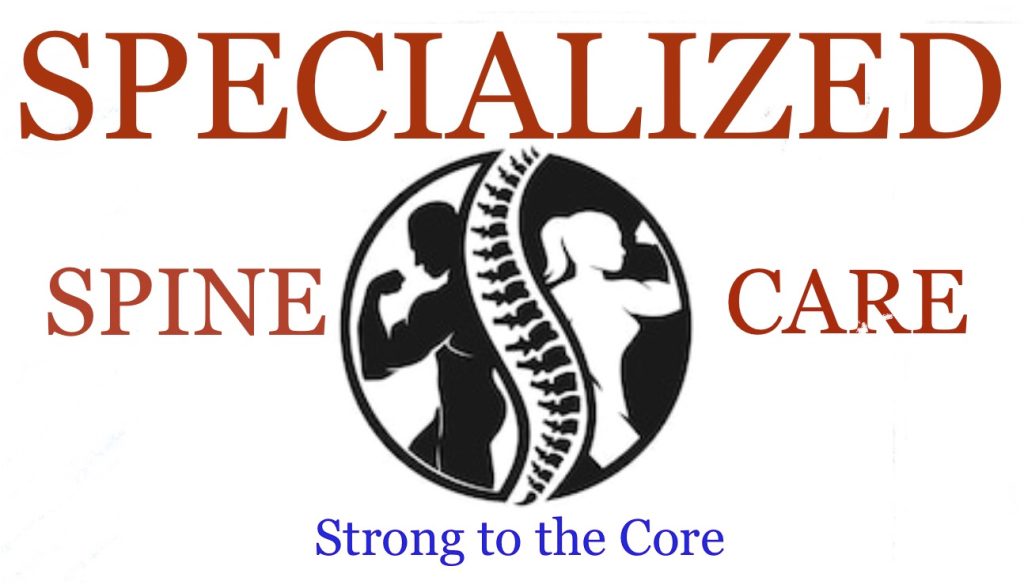I have selected a few pertinent studies which should be of interest to physicians treating patients with back or neck disease.
Weber H., “Lumbar Disc Herniation: A controlled, prospective study with ten years of observation.” Spine 1983.
280 patients with HNP verified by myelography were divided into three groups, 87 with definite non-surgical indications, 67 with definite surgical indications, and 126 with uncertain indications. The 126 patient group was randomized to surgery or conservative care. Follow-up was done at one, four and ten years. At one year the surgical group showed a statistically significant better result. But at the four and ten year follow-ups there was no significant difference in outcome.
Saal, JA and Saal, “Non-operative Treatment of Herniated Lumbar Intervertebral Disc with Radiculopathy: An Outcome Study.” JS.
Spine 1989.
Sixty-four patients with confirmed disc herniation were included in this study.
Inclusion criteria are listed below:
- Chief complaint of leg pain
- +Straight leg raise <60° reproducing leg pain
- CT or MRI showing herniated disc (HNP)
- +EMG
All patients were treated with aggressive rehabilitation. Follow-up was done at an average of 31 months. 90% had good or excellent results. 92% returned to work. Only 6% needed surgery.
Capicotto, PN et al., “Operative Treatment of Recurrent Lumbar Disc Herniation with Mid-Term Follow-Up.” Presented at the North American Spine Society annual meeting Oct 1994.
20 patients with recurrent HNP at same level and severe sciatica were retrospectively studied. The rehernaition occurred at an average of 29 months after the first surgery. The authors concluded that the rate of recurrent disc hernaition (usually estimated at 10-15%) is seriously underestimated in the literature because virtually all the studies have a follow-up period much less than 29 months. Would a physician be less likely to recommend surgery if the recurrence rate was 30-35%?
Weiner, BK., “Contained Vs Extruded Lumbar Disc Herniations: MRI Readings Vs Intra-Operative Findings.” Presented at the North American Spine Society annual meeting Oct 1994.
Thirty patients were deemed to be candidates for lumbar microdiscectomy. Pre-op MRI’s were read by spine fellows and/or radiologists specializing in Lumbar MRI. MRI pre-op readings matched the operative findings only 50% of the time. The newer less invasive spine surgery assumes that we can use MRI’s to differentiate “extruded” discs from “contained” discs which are presumably more amenable to techniques such as percutaneous discectomy. Maybe our assumptions are faulty.
Saal, JS and Saal, JA., “Non-Operative Treatment of Cervical Herniated Discs: An Outcome Study.” Presented at the North American Spine Society annual meeting Oct 1994.
Twenty-four consecutive patients with cervical disc herniations were studied prospectively. Inclusion criteria were:
- MRI confirmed HNP >4mm in size
- Chief complaint of arm pain in a dermatomal distribution
- The majority had neurological deficits
All patients were treated with aggressive rehabilitation. 22 of the 24 had good or excellent outcomes and two needed surgery. 19 of 22 returned to work at the same job. 22 of 24 reported complete or near complete satisfaction with their result.
In other recent studies, sequential MRI scans done at six month intervals have shown that disc herniations more often than not are resorbed by the body. The studies found that larger disc herniations DO NOT correlate with a poor prognosis. They go away. As Ian McNab, MD said of disc herniations in his book Backache “90% of patients will get better and stay better with conservative care.”

